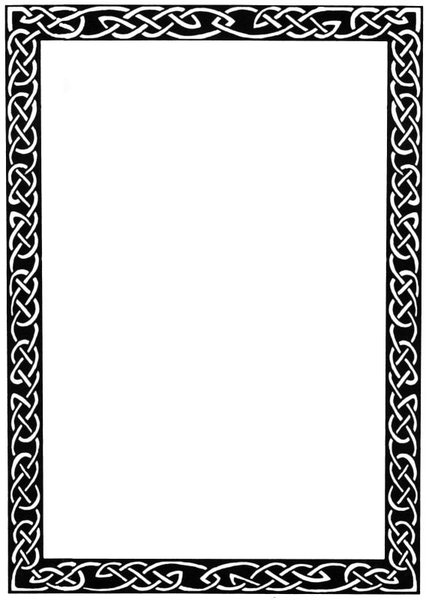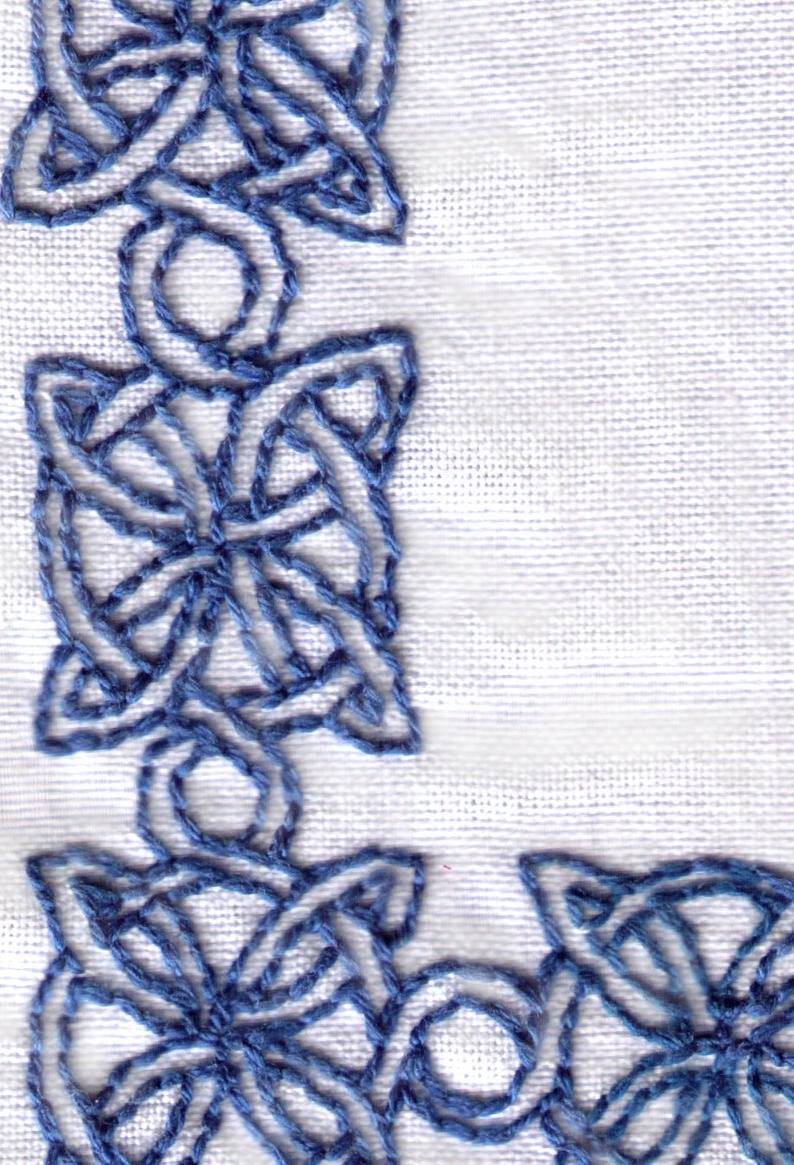
The Greek and Latin writers frequently describe the shields and symbols of various heroes, and units of the Roman army were sometimes identified by distinctive markings on their shields. In the Bible, the Book of Numbers refers to the standards and ensigns of the children of Israel, who were commanded to gather beneath these emblems and declare their pedigrees. Similar emblems and devices are found in ancient Mesopotamian art of the same period, and the precursors of heraldic beasts such as the griffin can also be found.

The earliest representations of distinct persons and regions in Egyptian art show the use of standards topped with the images or symbols of various gods, and the names of kings appear upon emblems known as serekhs, representing the king's palace, and usually topped with a falcon representing the god Horus, of whom the king was regarded as the earthly incarnation. Various symbols have been used to represent individuals or groups for thousands of years. Main article: History of heraldry Precursors In modern times, individuals, public and private organizations, corporations, cities, towns, regions, and other entities use heraldry and its conventions to symbolize their heritage, achievements, and aspirations. Heraldry has been described poetically as "the handmaid of history", "the shorthand of history", and "the floral border in the garden of history". The perceived beauty and pageantry of heraldic designs allowed them to survive the gradual abandonment of armour on the battlefield during the seventeenth century. It is often claimed that the use of helmets with face guards during this period made it difficult to recognize one's commanders in the field when large armies gathered together for extended periods, necessitating the development of heraldry as a symbolic language, but there is little support for this view. Īlthough the use of various devices to signify individuals and groups goes back to antiquity, both the form and use of such devices varied widely, as the concept of regular, hereditary designs, constituting the distinguishing feature of heraldry, did not develop until the High Middle Ages.

The achievement, or armorial bearings usually includes a coat of arms on a shield, helmet and crest, together with any accompanying devices, such as supporters, badges, heraldic banners and mottoes. Armory, the best-known branch of heraldry, concerns the design and transmission of the heraldic achievement.

Heraldry is a discipline relating to the design, display and study of armorial bearings (known as armory), as well as related disciplines, such as vexillology, together with the study of ceremony, rank and pedigree. The German Hyghalmen Roll was made in the late 15th century and illustrates the German practice of repeating themes from the arms in the crest.


 0 kommentar(er)
0 kommentar(er)
